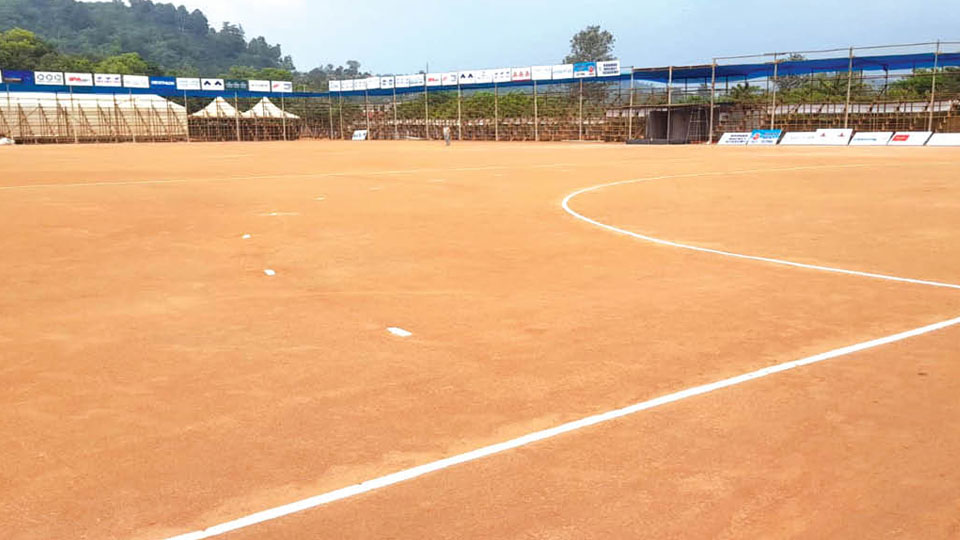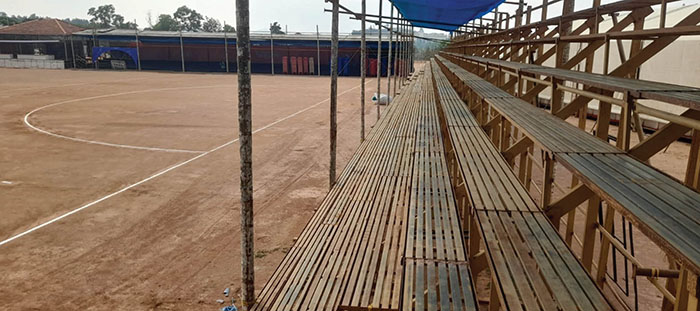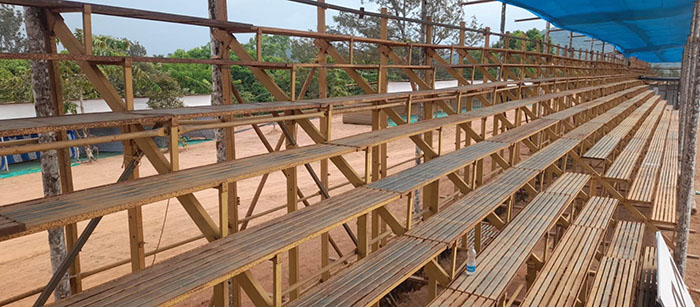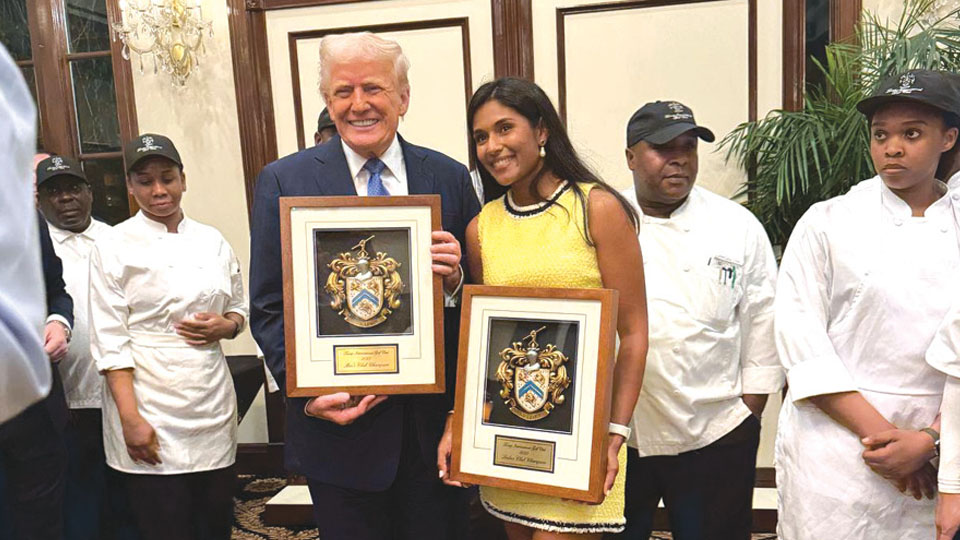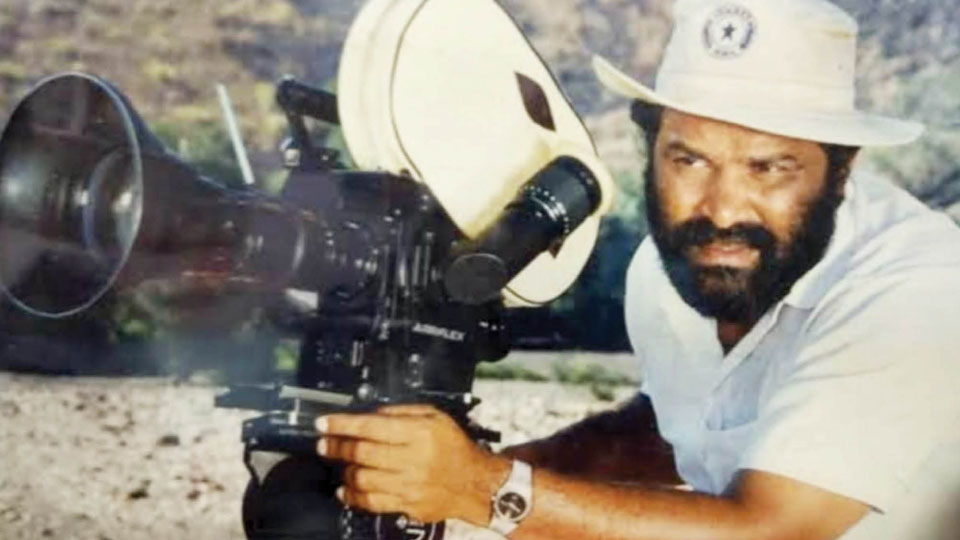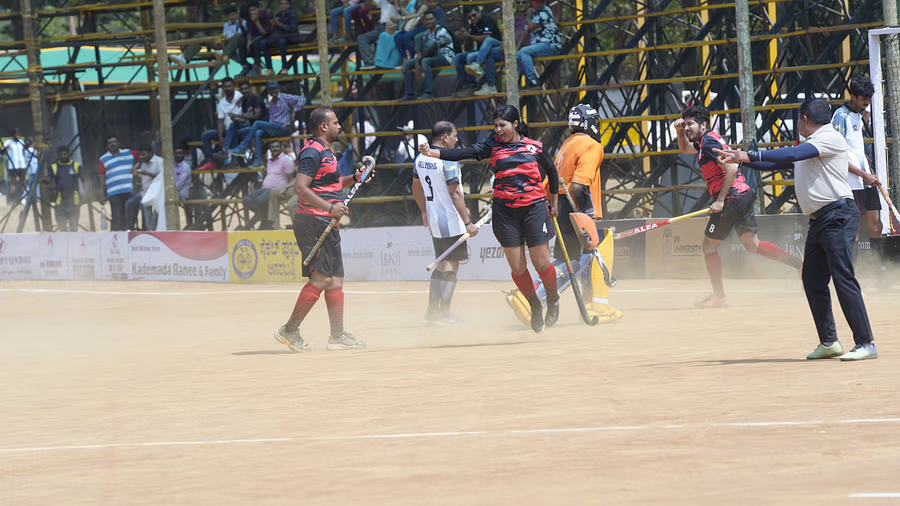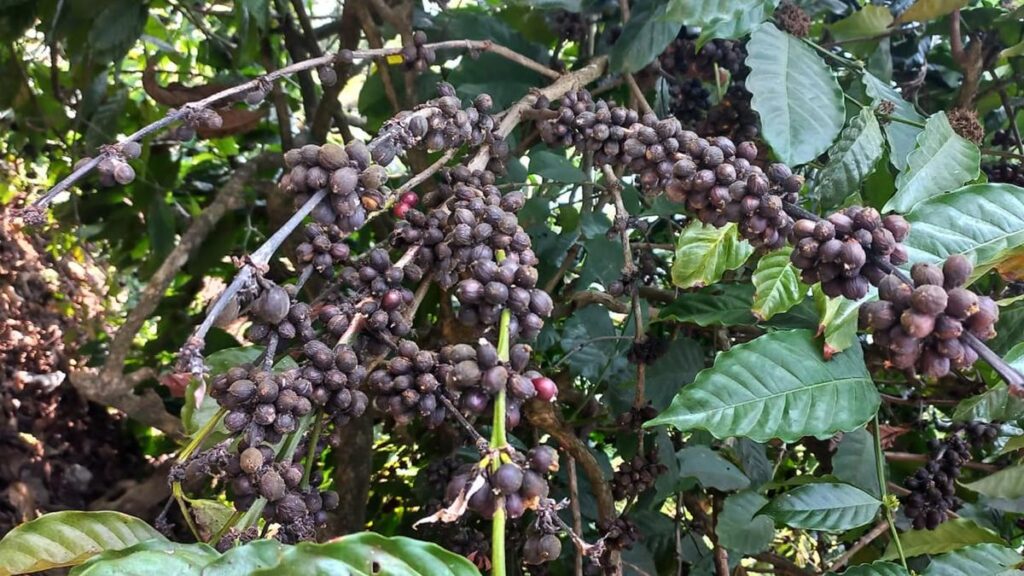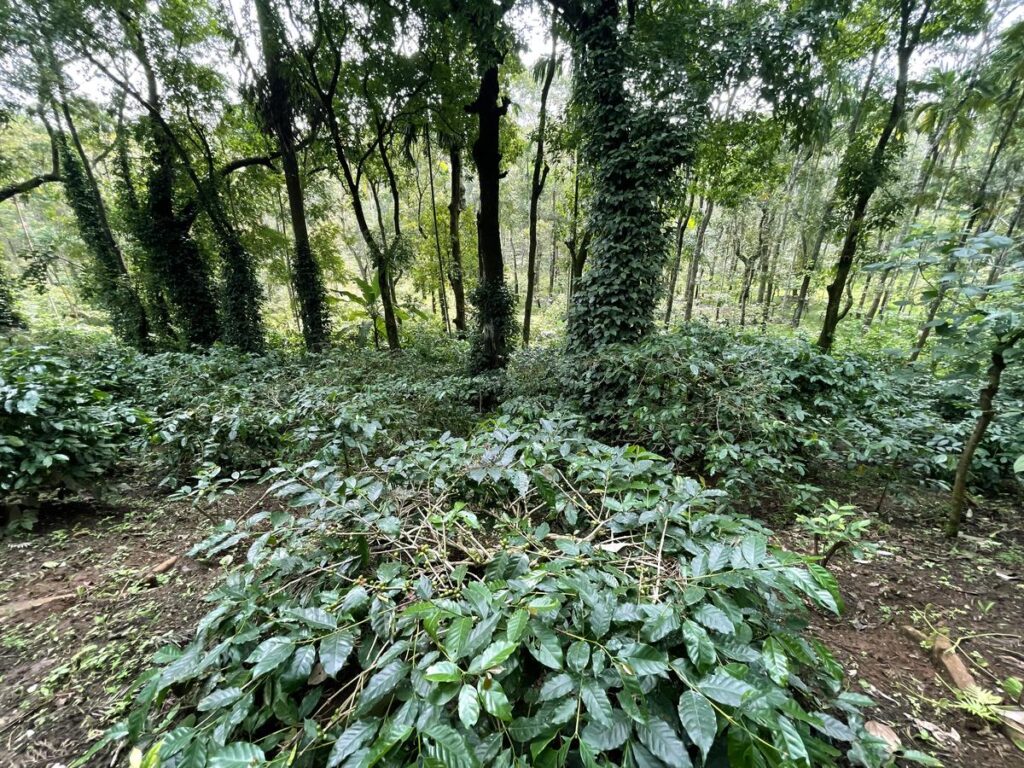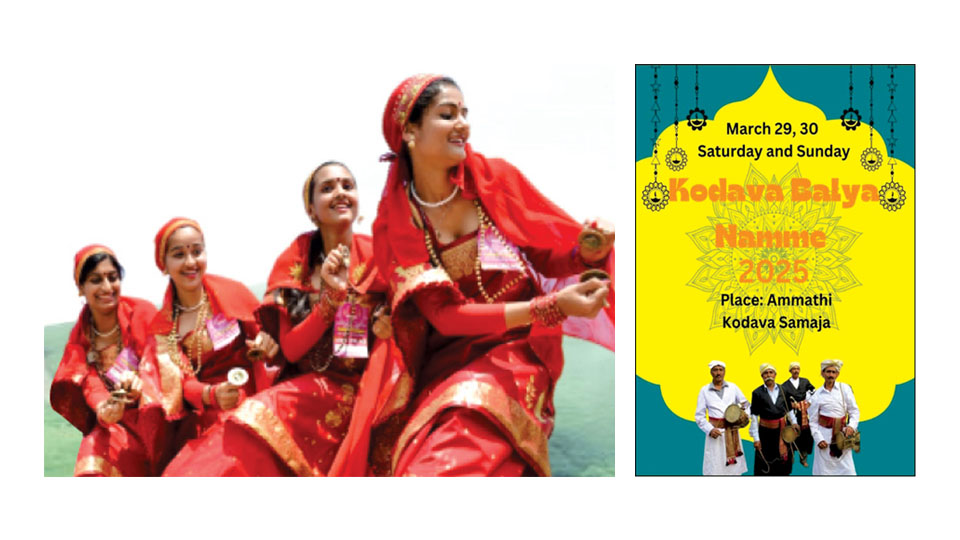
Kodava Sahitya Akademi to host ‘Kodava Balya Namme’ at Ammathi on Mar. 29, 30
The Karnataka Kodava Sahitya Akademi in association with Kannada and Culture Department and Ammathi Kodava Samaja will be hosting the ‘Kodava Balya Namme,’ a lively celebration that highlights the rich heritage of Kodava folk music and dance at the Kodava Samaja premises in Ammathi on Mar. 29 and 30.
Parade of Colours and Tradition
The event will kick off with a colourful parade, featuring ceremonial attire, vaalaga and dudikott music and dance. The tone for a weekend of excitement and cultural revelry will be set by this procession.
Stage for Folk Artistes
The ‘Kodava Balya Namme’ will feature a range of cultural competitions, including folk singing and dancing. Talented troupes of folk singers and dancers from across Karnataka will come together for the Namme, to display their talents and vie with one another for top honours on a shared platform. The Akademi’s dedication to preserving and promoting Kodava culture is demonstrated by this event.
Literary Delights
Book lovers will be excited to know that the festival will also include book releases, showcasing the literary accomplishments of Kodava authors. Also, poetry recitations will provide the celebrations with cultural elegance and refinement.
Exhibition and Seminary Sessions
An exhibition of heritage artefacts will provide a glimpse into Kodava history and customs. There will be discussion sessions, featuring expert panels and thought-provoking themes pertaining to the Kodava culture and identity, as well.
Celebrating Successes
Additionally, the Akademi will honour the achievements of successful individuals who have made significant impacts in their respective domains. These deserving people will get honorary prizes in recognition of their contributions.
Music and Dance Extravaganza
The strains of folk music and the vivid colours of ceremonial attire will fill the Samaja over the course of two days. A variety of acts, such as folk songs, dances and other cultural presentations, will be included in the competitions.
Cultural Events and Performances
The initial parade will be inaugurated in the morning on the 29th of March in Ammathi and will be from Hosur junction to the Kodava Samaja. Later, there will be a release of newly published books. Various song and dance competitions will be inaugurated the same day. That day there will also be a heritage items exhibition, a discussion session and a poetry recitation session.
The next morning there will be another discussion session. The final event of the second day is the distribution of the Akademi’s honorary prizes to achievers and for new books.
Join the Festivities
Various dignitaries, such as State Ministers, the Mysuru-Kodagu MP, MLAs and MLC and the DC, and accomplished individuals have been invited as guests. Former Presidents of the Kodava Sahitya Akademi, the Presidents of the various Kodava Samajas and the Kodava Bhasika (speakers) organisations have also been invited.
Regardless of whether you are a culture enthusiast, a music lover, or simply looking for a unique experience, this event is sure to be a memorable celebration of Kodava heritage.
The ‘Kodava Balya Namme’ promises to be unforgettable with music, dance, literature and cultural richness. Mark your calendars for March 29th and 30th and immerse yourself in the celebrations at Ammathi Kodava Samaja in Kodagu. Kodava Sahitya Akademi to host ‘Kodava Balya Namme’ at Ammathi on Mar. 29, 30.
source: http://www.starofmysore.com / Star of Mysore / Home> Feature Articles / by Mookonda Nitin Kushalappa / March 28th, 2025
